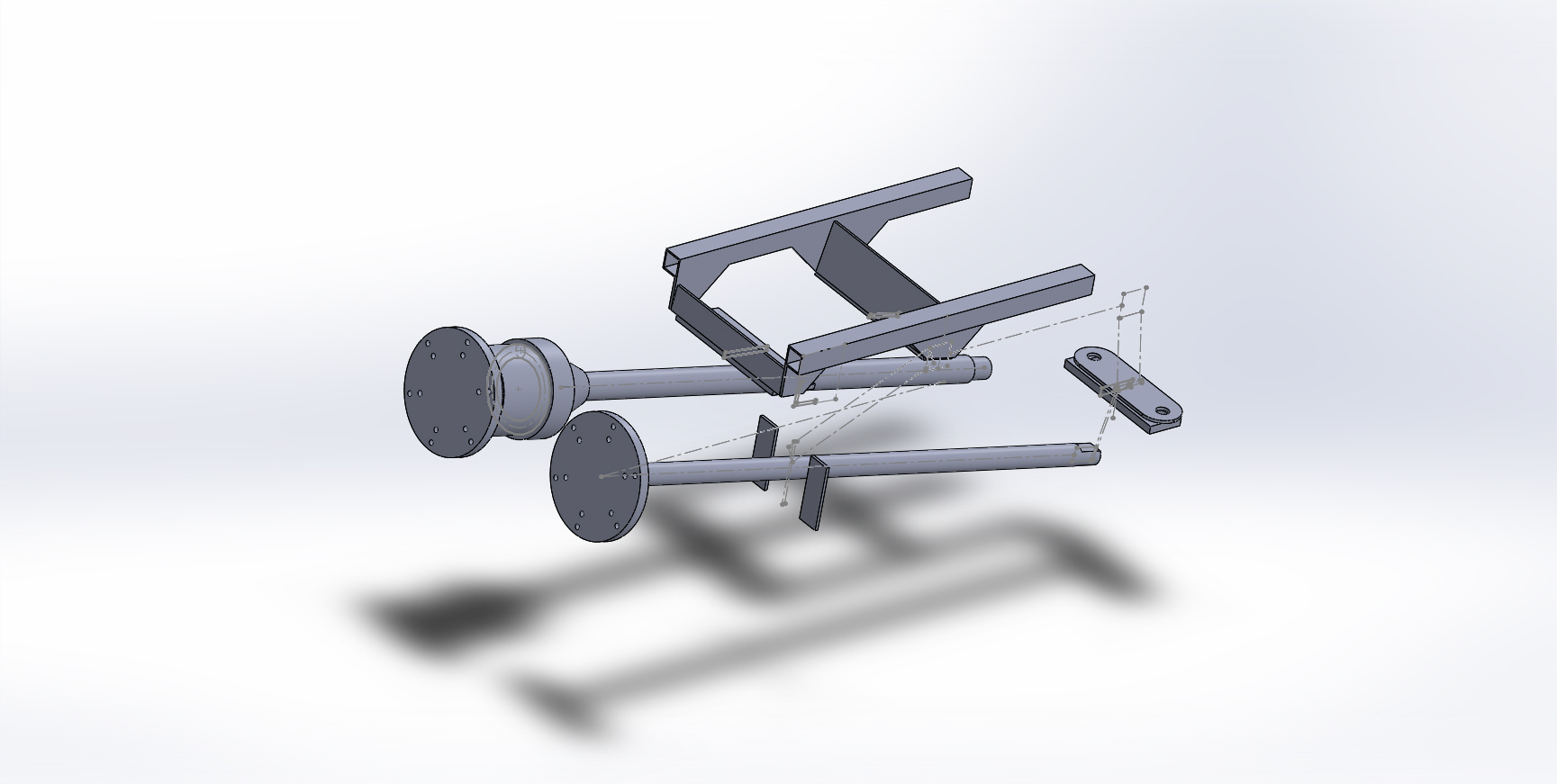So the test was successful, time to make it permanent.
A little bit of welding later
Testing for fit in the car again.
Next up, weld it in place.
I ended up cutting back the front here as while it “fitted” it was rather too close to the clocks
Finally, here you can see the difference in column location. The chassis tube running up/down in this image is the original centre line.
With the column in place behind the dash.
And again.
Finally with the wheel in place.
Note that the steering lock is fully usable still which helps with IVA but unfortunately the stalks don’t fit.
My intention is to use the original wheel with a padded centre replacing the airbag.
I may at a later date replace the wheel with a more appropriate one but this appears to be tricky as while the spline is not unique to the Wagon R/Agila A (it’s shared with the BMW E46) the adaptor for the E46 doesn’t fit particularly well due to the differences in the column hardware.
I’ll worry about that once its passed the IVA!

